Pranzo in Italy
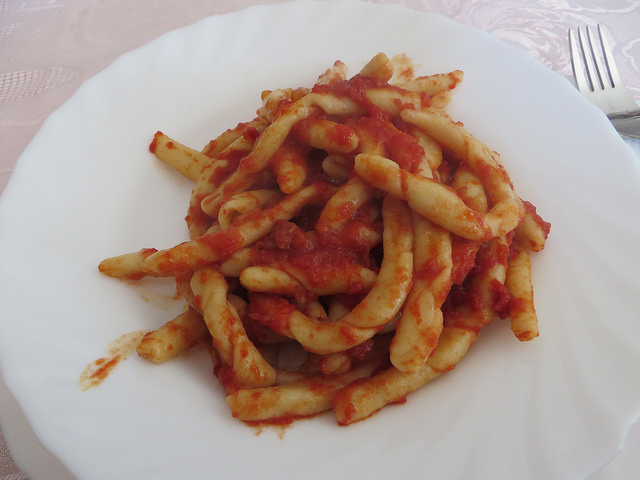
I suppose I should have warned Rand.
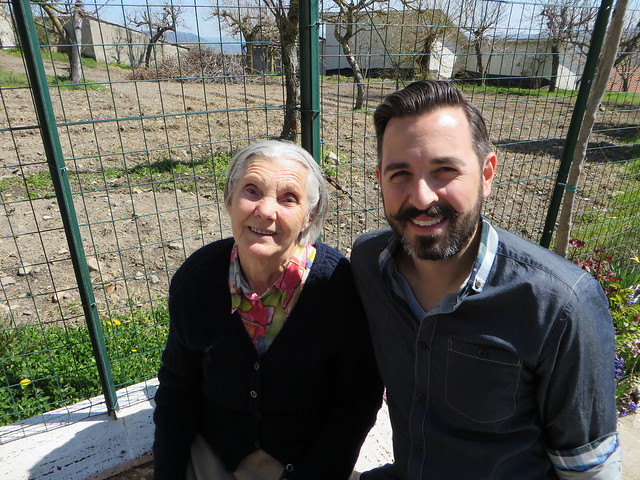
Rand, sitting with my great-aunt. He had absolutely no idea what was in store for him
Honestly, though, I thought he knew. That is why I didn’t lean over and whisper, “Pace yourself. There are four more courses to go.”
I mean, why else are they called primi and secondi? They are referring to courses. What they don’t really mention in Italian restaurants is that those are just the beginning.
There are also antipasti and contorni and insalate and dolci. There is wave after wave of food, eaten by ridiculously skinny people (don’t ask me how this works, because I haven’t cracked that part of the code. I can only assume that incorporating vigorous hand gestures into conversation burns crazy amounts of calories. So if I look like I’m trying to direct a plane the next time I’m engrossed in a polite chat, that’s why.)
In Italy, the midday meal (pranzo) is a sort of sprawling feast, lasting hours. It is the reason many of the shops in Italy are closed between noon and 3 pm. Because food is more important than Capitalism.
Come to think of it, that might as well be my family’s mantra.
When I was a kid, I would return home from school just as my grandparents were finishing up pranzo. There would be a massive white tablecloth on the table, decorated with breadcrumb confetti and the occasional stain of wine or pasta sauce, in dueling hues of red. (To this day, my family eats Thanksgiving and Christmas dinners around 2 in the afternoon.)
Most of my family came to America right around the time I was born, and so those early memories are of people who were far more mired in their Italian-ness than they are now. I remember my grandmother making pasta on a hand-cranked machine in the kitchen. Pigs’ feet cooking in massive pots on the stove. A stovetop espresso maker that was constantly being forgotten on a burner.
Even my mother’s accent was thicker then.
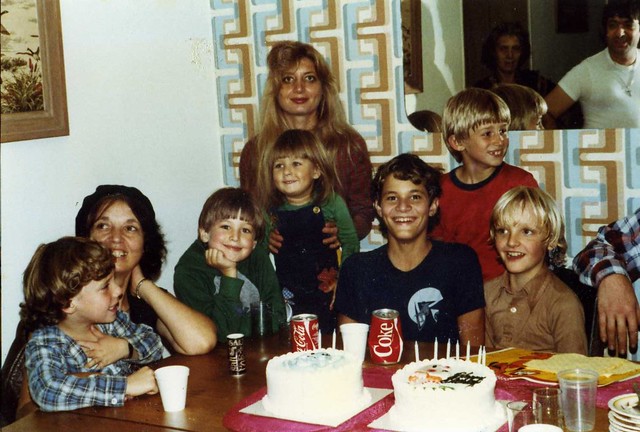
Back then. 1983.
But I was an American, with American friends and American habits, and so I soon learned that my family was not the norm. That other people didn’t eat lunch for three hours while screaming across a table at one another. And as the years passed, my family would become more Americanized, too. Not enough to fit in, not enough to blend seamlessly, but enough.
The biggest meal of the day became dinner. Lunch became smaller. Pasta was exclusively of the dried variety, and sometimes it was cooked past al dente.
Things changed. But the foundation of all those meals of my childhood remained, and so the structure and timing of authentic Italian meals never was all that foreign to me. It’s more like a rediscovered memory.
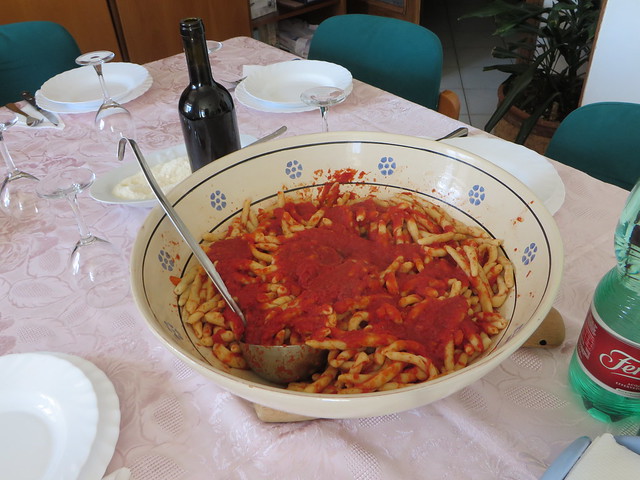
Rand carried with him the assumption that my family’s habits in America were the same as they were in Italy. The multi-course extravaganza was more of a stereotype than actual practice. And so, when a massive plate of pasta was placed in front of him, the noodles hand-rolled by my mother’s cousin (with a bit of help from my great-aunt), he ate it with the (mis)understanding that this was the entirety of the meal. He even took a bit more when it was offered to him.
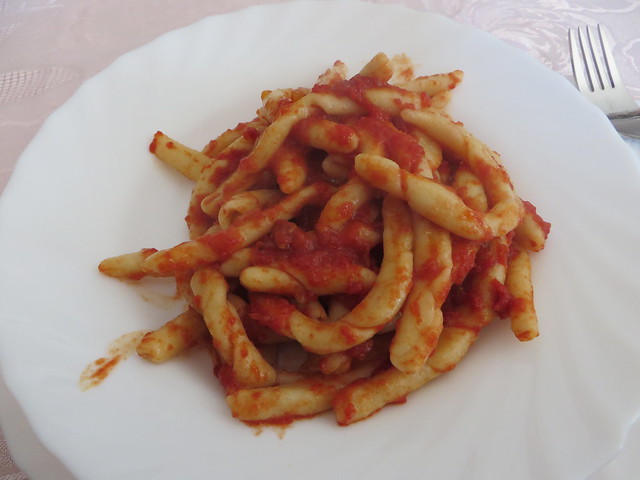
Rand is a notoriously slow eater, and as he finished the last bit of pasta, he looked up, trying to figure out why everyone was watching him so expectantly. And when he placed the last bite in his mouth, one of my uncles clapped and two or three people at the table shouted, “Finalmente.”
Rand apologized for taking so long to finish, failing to understand what the big deal was. Weren’t Italians meals hours-long affairs?
Yes. They undoubtedly are. But until he finished his pasta, we couldn’t get on to the next course. That was what he didn’t grasp.
The look on his face when my aunt brought the rest of the food out will remain etched in my memory forever. His jaw dropped, every so slightly, his eyebrows knitting in the middle. And then he broke out into a small smile and a shaking of his head, as he finally realized what had happened.

Pretty much the face he made.
He had stuffed himself on the first course. And there was so much more food to come.
The meats and sausages which had been stewed in tomato sauce. My aunt’s costolette di vitello (tender slices of veal, breaded and fried). A place of vinegary vegetables that she’d pickled herself. A massive, simple green salad. A dish that resembled a frittata, but was loaded with potatoes and pecorino and surprisingly little egg. An assortment of salumi and cheeses, most of which were made locally. They were placed on the table, along with the expectation that he would try a little bit of everything.
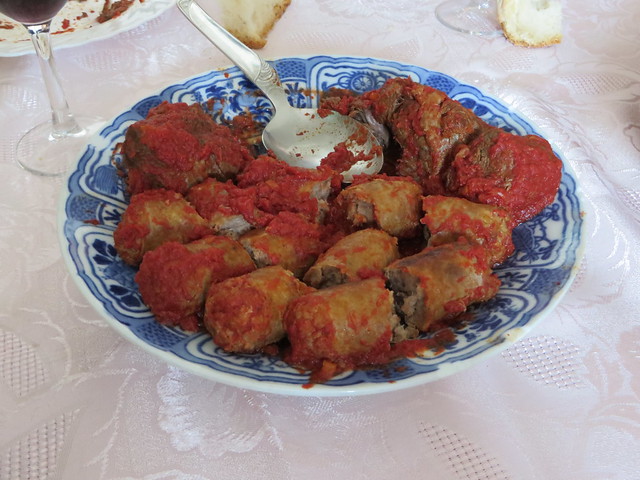
The meats that had cooked in the sugo di carne.
And, mensch that he is, he did just that.
Rand told me that he looked at the food, took a deep breath, and thought, “Okay, let’s move on to stomach number two.”
We were at the table for hours. As we ate, my uncles and aunts shouted at each other across the table. My cousin gave Rand a highly-biased (but still totally accurate) account of why food in southern Italy is far superior to the cuisine of the north. My great-aunt occasionally broke into the conversation with some declaration, her hands waving. Something about the cadence of her speech reminded me of her older sister, my grandmother.
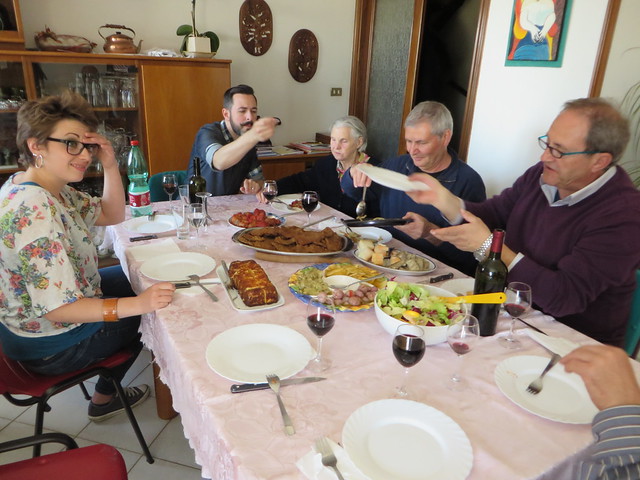
I participated in the conversation, but I kept having to stop, kept needing help on words or phrasing. When I finally did say something, or a long stretch of somethings, I’d pause and ask my cousin if I had said it right. I used to speak the language so well. When I was little, it was effortless.
For dessert, we dipped amaretti into red wine and nibbled on chocolates and talked about how we’d eaten too much.
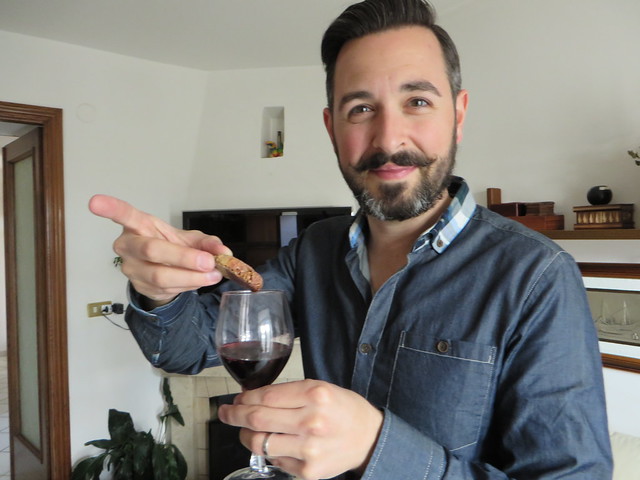
Forgive the blurriness of this image. I blame my heart, which kept skipping beats at the sight of him.
After it was over, I looked at the tablecloth. We’d decorated it in the same manner that we had those of my childhood. With drops of wine and smears of bright red sauce, and a generous sprinkling of breadcrumbs.
I realized that this was what I had wanted Rand to experience. This was why I had dragged him all the way to a tiny village nestled in the mountains. I wasn’t trying to show him Italy. I was trying to show him what my family was like when I was young.
Back when lunch lasted three hours.
Back when we were all just a little more Italian.








